Persian leather bags and shoes
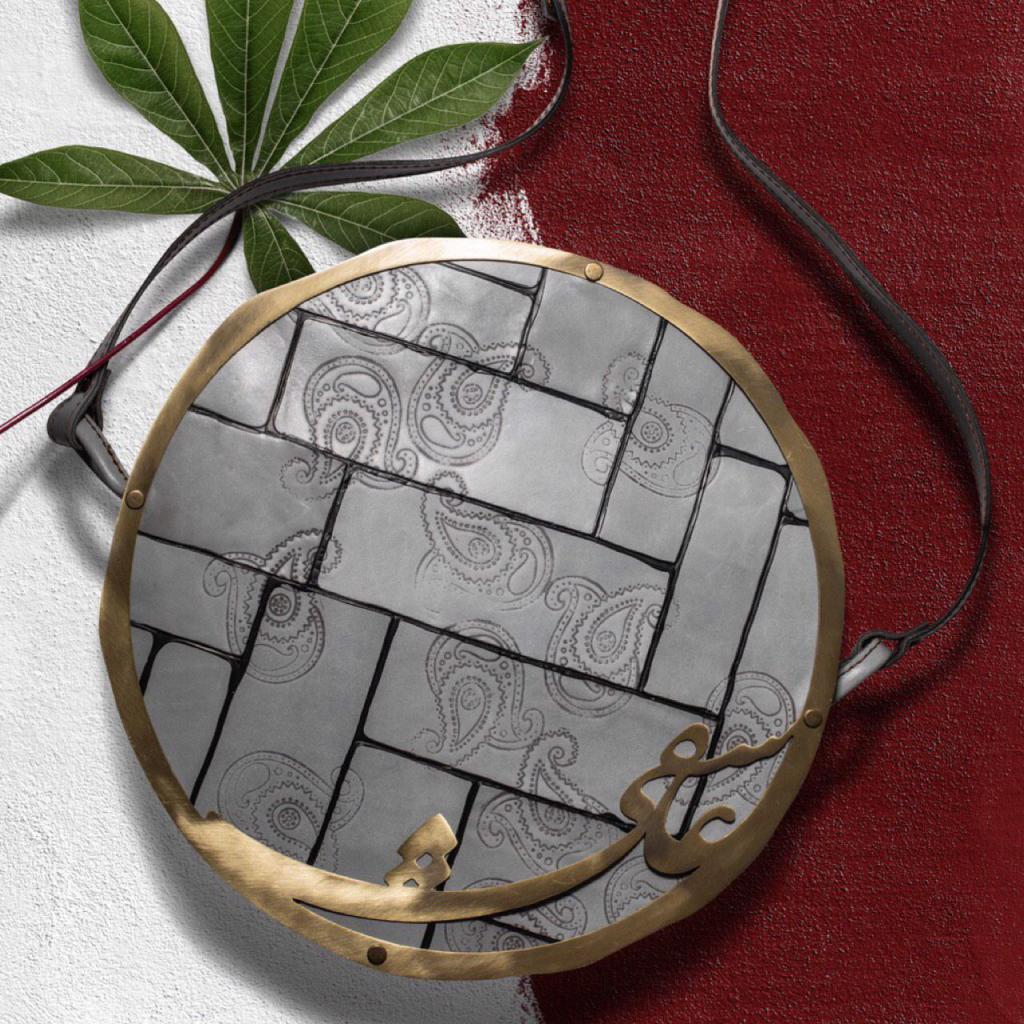
The reason for this popularity has been the high quality of leather products. In this article, far from any prejudice, we will compare the famous brands of Iranian leather shoes and Types of Iranian bags It is not far from the mind that brands that are more than 30 years old have more experience and popularity. But we should not forget that there are emerging brands (3 years old) in this field, which have a lot to say and challenge other brands.
What does the quality of leather depend on?
The skin of most animals can be turned into leather through a process called tanning. Leather can be obtained from several layers of skin.
If leather is obtained from the outermost layer of animal skin, in addition to being waterproof, it is more soft. So full-grain leather is the most expensive leather in the world.
The lower the layers used in the production of leather, the lower the quality and the less waterproof it is.
Also, the central part of the animal’s body has the highest quality leather, and other parts, such as the shoulder, are used for the tongue of the shoe, and the belt due to the many wrinkles.
In the following, we will review the brands, it should be noted that the numbers next to the brands are not related to ranking. In the list below, you can see the best famous brands of Iranian leather bags and shoes and Types of Iranian bags.
Leather bag sewing tutorial
To sew a leather bag, special wheels and needles for embroidered leather are used, and each of these models of leather bags has its own beauty and charm. In the previous articles, you saw the pattern of leather bags, felt bag sewing training and cloth bag sewing training. In the continuation of this article, we have provided you, dear ones, with embroidered leather training for sewing hand-made leather bags and light leather bags.
How to sew leather shoes and Types of Iranian bags
Scissors: Leather scissors are very strong and are used to cut all types of leather
Pre-hammer: This tool is used for hammering in the production of shoes.
Working gas: It is a tool for working leather on the shoe mold
Cutter: Used for cutting leather and liner.
Lewis Knife: A tool used for Lewis work (thinning of leather). With the help of this tool, a layer of leather can be removed and thus the edge of the work can be easily leveled or shaped as desired and the beauty of the work can be doubled. Note that the knife must always be sharp in order to apply less pressure to the hand.
Knife stone: Used to sharpen a Lewis knife and soaked in oil or water for best results.
Template: For design, sewing, and working, we definitely need a template. The shoe mold is available in different types and models in the market and is prepared according to the shoe model and the size of the individual’s foot.
Outsole: The outsole is used in various models and materials in sewing shoes, and the coordination of the model and the size of the mold and the outsole is very important.
Leather: The main material for sewing bags and shoes, which is available in both natural and artificial types, and in the natural type, cow and goat skin is mostly used.
Iron glue: Iron glue is used for general purposes such as gluing all kinds of natural and artificial leather and is the best option for traditional saddlery.
PU adhesive: PU adhesive is used to glue the sole of the shoe.
Lining and padding: It is glued on the inside or back of the leather to make it more static and beautiful, and it is effective in shaping the work and has different types. Also, natural leather can be used to line bags and shoes.
Nail: Nail is one of the essentials for shoe operation.
Dosant paper glue: Used to embalm the mold and perform shoe pattern design on it.
Pencil and eraser: Used to draw a pattern on a template.
Shoe meter: Used for measuring and patterning in shoes.
Texon: Used in shoe soles.
Heel: Sex is thinner than Texon, which is placed between the leather and the lining for more stability of the shoe.
Socks holder: A sock holder is used for the strength and stability of the shoe.
Thank you for being with us until the end of the article






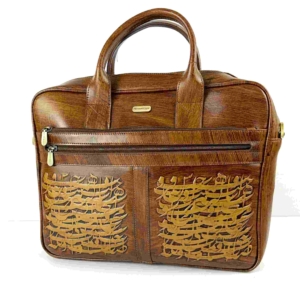
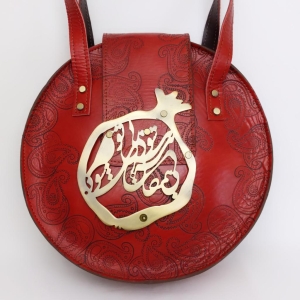
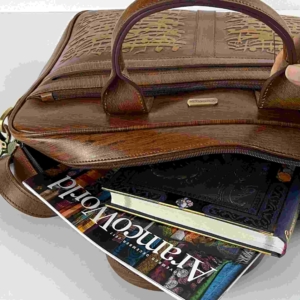
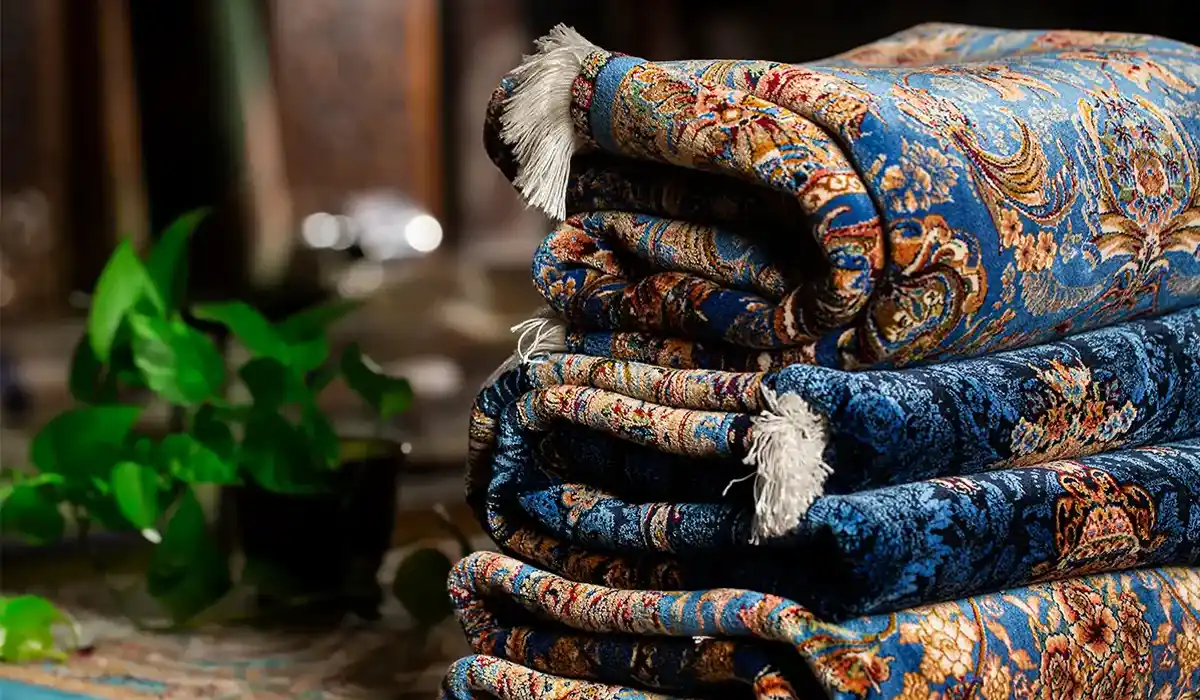

Comments